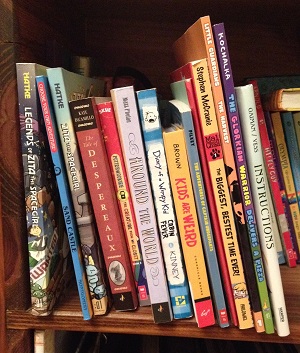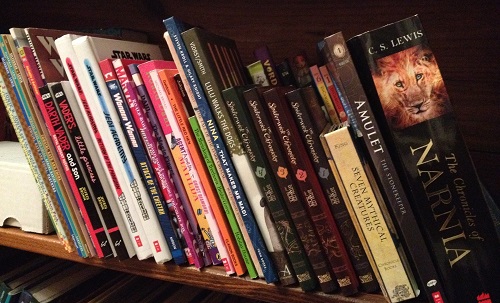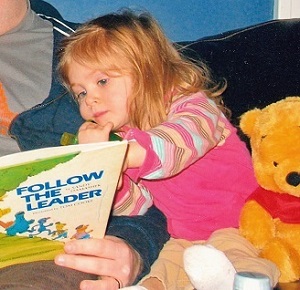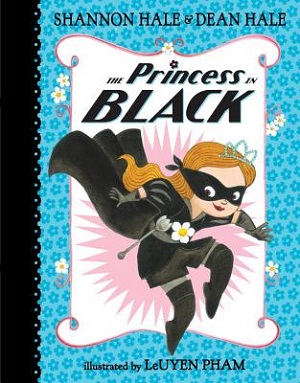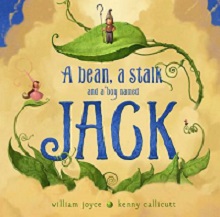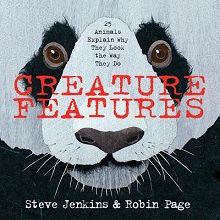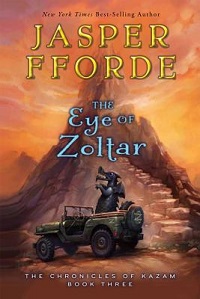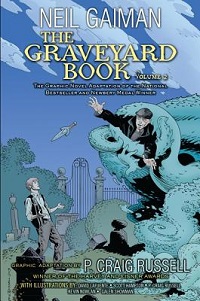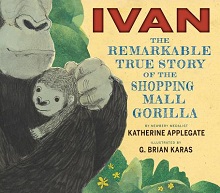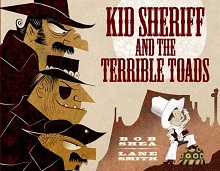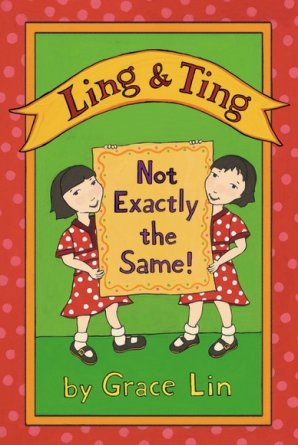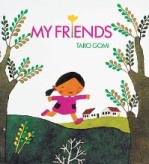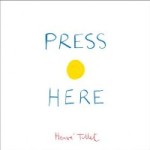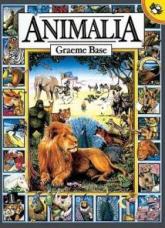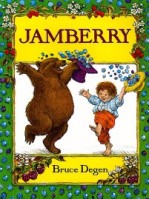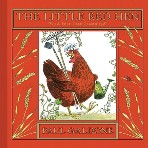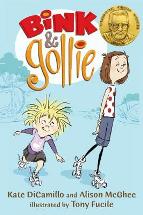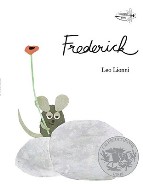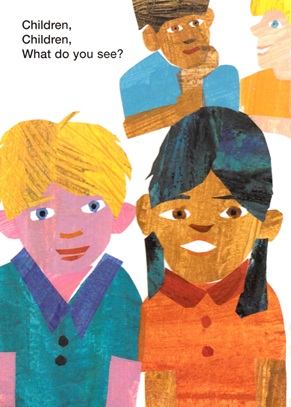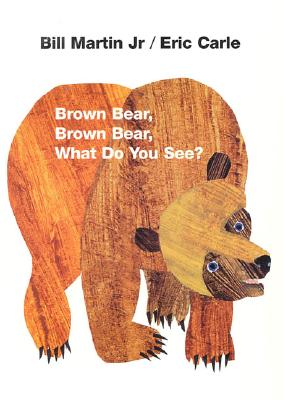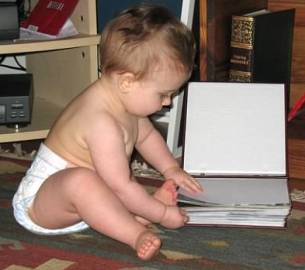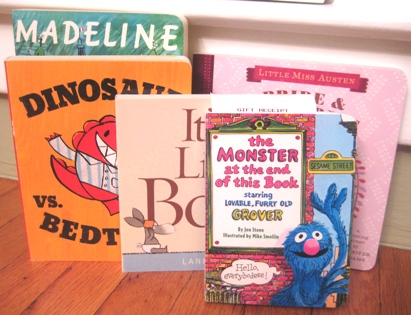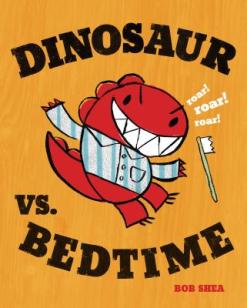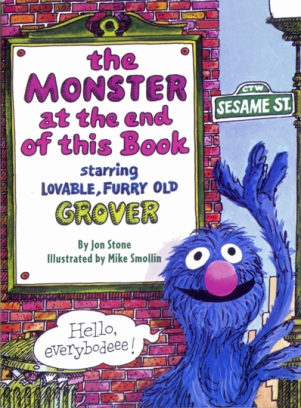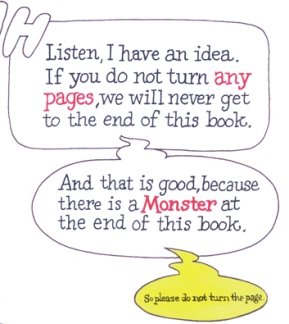I’ve never been a big fan of lists like “50 Books Your Kid HAS to Read” or “The 100 Best Children’s Books OF ALL TIME.” Typically, they make my blood pressure spike, tossing me between joy (“Ooh, good pick!”) and rage (“No Sylvester and the Magic Pebble? Those Philistines!”), and I spend more time debating their selection criteria and omissions than enjoying their recommendations. That said, I do think there are certain TYPES of books that every kid should be exposed to, the kinds of books that truly introduce them to the best of what the written word has to offer.
Here are my (very subjective) picks for the EIGHT essential kinds of books that every kid should have in their home library:
BOARD BOOKS
Board books are more of a format than a literary genre, but their impact can be profound. They are the training wheels of literature. They can be given to crazy little toddlers and those ankle-biters can browse them, chew on them, do whatever they want with them, and those thick cardboard pages will ENDURE. They teach kids that books are there to stay AND they allow their chubby little fingers to perfect the art of the page flip, which is possibly the greatest technical innovation in the history of reading. (Sorry, eReaders, but you can’t compete with the awesome power of the perfectly-placed page turn.)
MYTHOLOGY
Our world has a ridiculously rich and involved cultural history and it would be a shame not to introduce your child to it at a young age. And I’m not just talking about Greek Myths, which, granted, can have a bit too much god/animal coupling for young readers. I’m talking about the stories, the BIG STORIES, that everyone in our world knows. The Boy Who Cried Wolf, Cinderella, Noah and the Flood, Scheherazade’s One Thousand and One Nights, stories of Anansi, King Arthur, Superman, and Strega Nona – the foundational stories. The stories that are referenced throughout every other story your kids will be reading for the rest of their lives. That foundation HAS to be laid somewhere and it should start at home.
BOOKS YOU LOVED AS A KID
Yes, you can’t expect that your child will have the exact same taste as you do, but that doesn’t mean you shouldn’t try to share your favorite books with your kid. At the very least, it will show them what it looks like when a book truly has a profound effect on a person, when a book is treasured and loved. And who knows? They may surprise you.
BOOKS THAT SUIT THEIR PERSONALITY
This may be hard to hear, but, if your kids love talking about farts, burps, and boogers, you should buy them some books about farts, burps, and boogers. That doesn’t mean that you should ONLY let them read about what they want, but, if you really want your child to enjoy reading, they have to know that their interests are represented in the books they read, even if those interests are completely incomprehensible.
POETRY
I know a lot of adults who don’t enjoy reading poetry personally, but I can’t stress enough how powerful poetry can be for young readers. If normal prose is a Volvo, poetry is a Lamborghini – it takes language, floors the accelerator, and really shows you what words can do. Poets like Dr. Seuss and Shel Silverstein teach kids that, when assembled correctly, even in ways that don’t seem to make sense, words can make a person feel a ridiculously deep range of emotions, and kids LOVE THAT. [read the rest of the post…]
{ 10 comments }
